For the world at large, Subaru was mostly known as a maker of boxer-engined AWD saloons and wagons. But domestically, the Gunma-based automobile arm of Fuji Heavy Industries (formerly known as Nakajima Aircraft) has always been a key kei car player. In the ‘70s and ‘80s, Subaru’s main kei model was the Rex. Today, we look at the final and sportiest iteration of this long-running nameplate.
“Rex” is latin for “king” – for once, a very good name that could have been used for an international model, rather than for a JDM-only kei car. Well, they did sell some Rex-badged cars in Australia, Europe, South America and a few other markets, but Subaru could have used this regal appellation in a truly global car. Instead, they routinely renamed their smallest model in various markets, so what was aptly baptized as Rex in Japan could become Viki, Sherpa, Fiori, 600, 700, M80, Mini Jumbo, Ace or even Signet.

The first Rex, born in 1974, was a rear-engined model, available in 2- or 4-door form. It initially still had the 360cc two-stroke twin that was used in the Subaru 360, but transitioned to the 550cc era from 1976 onward. In 1981 came the second generation, which turned things around by going FWD. That gen 2 Rex was refashioned as the 1-litre Justy, which made for a more appealing package for foreign markets. Incidentally, said Justy remained in production until 1994, so it not only survived the demise of the gen 2 Rex, but also that of its successor and of the nameplate itself.
The third generation Rex was launched in November 1986, initially as a 3-door wagon/van (top left) or a 5-door hatchback (top right). Engine options included a 30hp 544cc OHC 2-cyl.; from 1988, that could be ordered with EFI and a supercharger, giving it 55hp. Transmission options included a CVT and part-time 4WD. A new 547cc 4-cyl. engine was introduced in June 1989, which in supercharged form produced a whopping 61hp in the new and sporty VX model (bottom right). Mid-1990 saw the advent of the 660cc era, leading to a revamped Rex with a rounded nose (bottom left) and the definite elimination of the twin in favour of a larger “Clover Four” engine.
Our feature car is the mighty VX in its final form, the Rex or Rexes. Under this menacingly scooped hood lies 657cc of supercharged Wagyu, producing 64hp – the maximum allowed for kei cars.
For once, this is one CC that corresponds to the brochure shot down to the smallest detail, including this odd shade of yellow. Standard colours were white, black, silver and green, but Yellow Mica was the sole optional hue available for the VX. Body-wise, these existed in two forms: either with a standard metal roof, or with this nifty power-operated “Open Top.”
Subaru made a big deal of their 4-cyl. engine, as theirs was the only kei car that had one. Everybody else (Daihatsu, Honda, Mazda, Mitsubishi, Suzuki) went for twins or triples. The boast of having a proper 4-cyl. engine was perhaps counteracted by the fact that this necessarily made the Subaru keis a little more complex and costly to manufacture than their rivals. The little 4-cyl. had a decent enough career, lasting until 2012, but ultimately the 3-cyl. solution won out.
So what’s the extra ingredient to make this tiny Subie the dish of the week? A dash of Engrish is always welcome. It’s not something often seen on cars (T-shirts, on the other hand…), but it is seen on occasion. The Nissan Rasheen is another example.
Here’s a close-up of that side decal. Apparently, someone at Subaru thought that writing “‘VX’ Given As Evidence Of Superiority” on a kei car was a good idea. To which one can only reply: All your facepalm are belong to us.
No CVT for this Rex, but a very period-correct upholstery for sure. I’m not sure if these cars had proper A/C – later keis usually do, which can make them extremely sluggish in hilly terrain. Even with the full 64hp and the might of the supercharger, the amount of power sapped by aircon is substantial. Besides, that’s presumably what the fabric roof is for, right?
The 660cc Rex had a rather short time in the sun anyway – a little over 18 months. By March 1992, the final cars were sold off, passing the baton of Subaru’s kei saloon to the new Vivio. Of all the FWD Rexes, this final VX is probably the one to have, what with its luxury touches, supercharged 660cc engine, braggadocio decals, slightly more interesting styling and open roof.
At least, the Rex went out on a high, which is more than can be said of a lot of royalty. The name was so good, in fact, that it recently made a comeback, albeit as a badge-engineered version of the Daihatsu Rocky / Toyota Raize, a small (but not kei small) hybrid SUV. But that’s another dynastic line altogether.















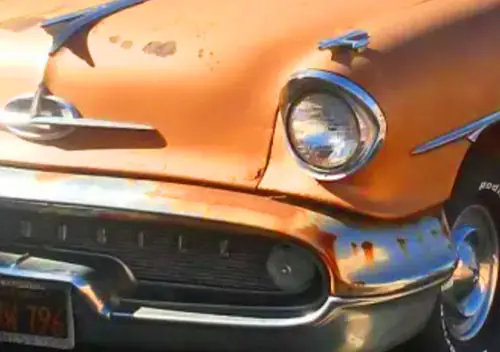
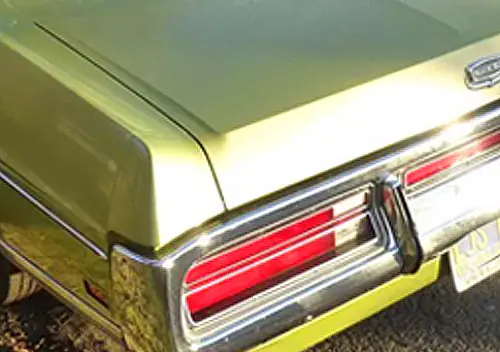
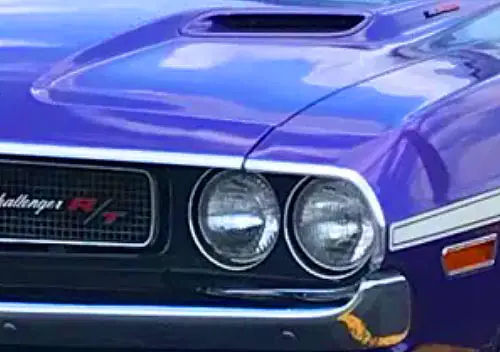

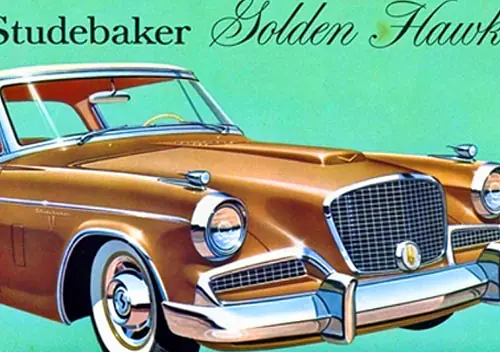
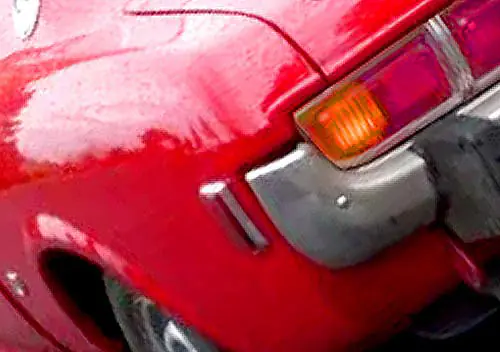
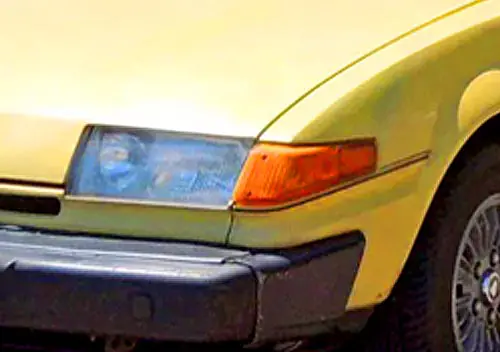
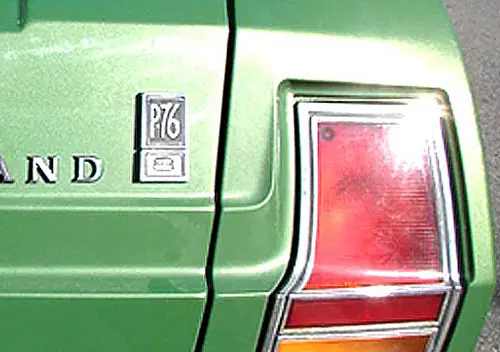
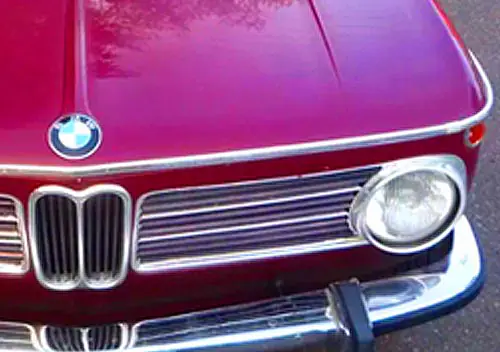
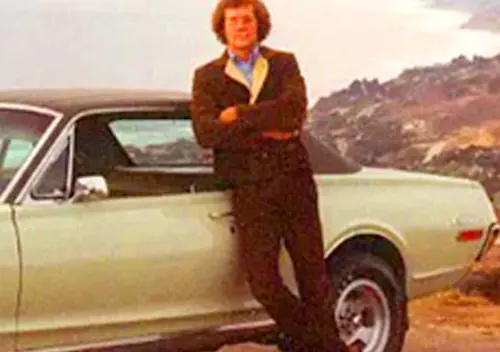

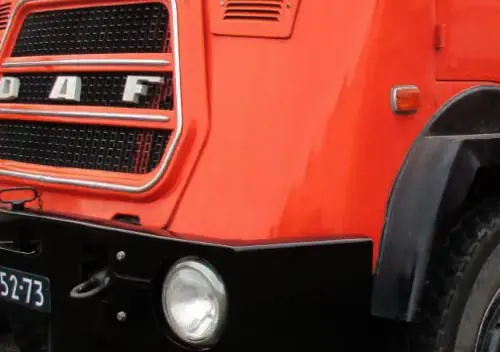
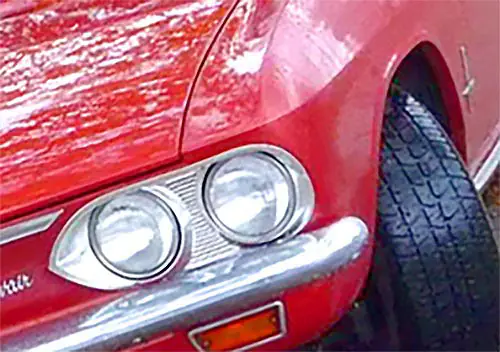

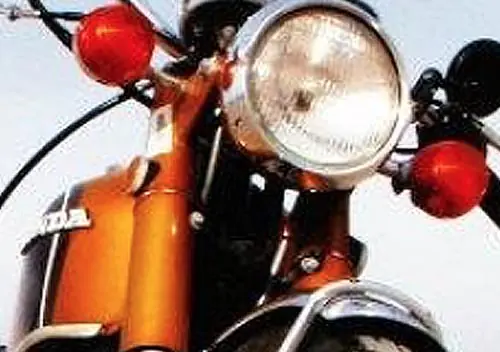
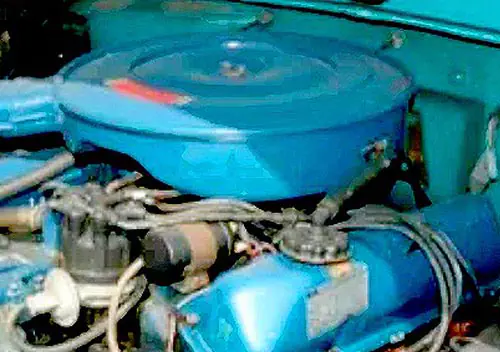



Rex doesn’t ‘sound’ proper in English; somewhat like how Nova didn’t resonate in Spanish.
Closest to Rex would be WRX – a very apt name for a very apt car.
I saw a guy wearing a T shirt in Osaka which said, “Hello! Hello! Washing Machine”.
There wasn’t actually any problem with Nova in Spanish.
The late 70s Rex was popular in Chile. Back in the 2010 or 2012 Santiago Motorshow, the local Subaru importer got Peter Solberg to drive a preserved one after doing his show on a proper Impreza.
I heard it in Puerto Rico many years ago that “Nova” essentially slang-lated to “No Vamanos” or “Doesn’t Go”.
But I think that was more of a joke line than an actual problem. I guess the jokester bought the 4 cyl version…😵
I don’t know about other Latin nations, but Puerto Ricans loved doing fun of the Nova name, though they still bought them in droves.
Hi Rich, your CC avatar/picture has me stumped. May I ask what it is or is it just meant to keep people guessing?
Should you know, it’s a caricature of me done by a classmate in college.
This is quite a charming little car with its funky mellow yellow circa 90s color and that folding sun roof would be a blast on nice summer days. The heat during a Tokyo summer would microwave me in less than a minute so ac is still a must. Here in the Midwest I could probably get by on most days without it. One thing I don’t understand about kei cars, particularly those from Honda is why don’t they just stuff one of their many superb tried and true motorcycle engines of similar displacement under the hood? I know a car versus motorcycle engine is an apples to oranges comparison but it seems so logical to me. Even if the reason why has to do with emission requirements according to Dr. Google Honda does have cats on some motorcycles.